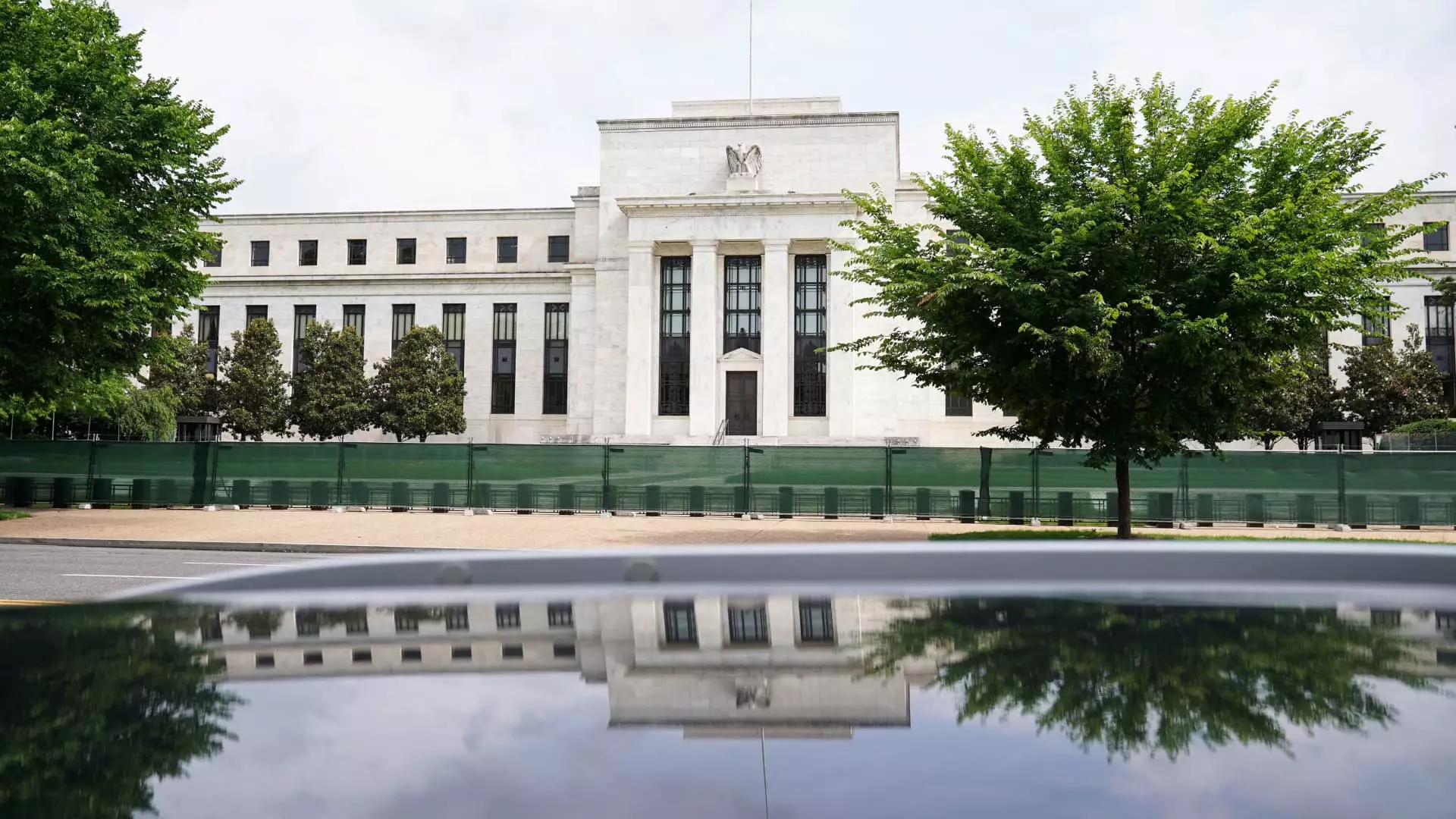As inflation shows signs of coming down from its peak after the Covid-19 pandemic, anticipation grows around the Federal Reserve’s potential decision to reduce interest rates in its upcoming meeting. The consumer price index (CPI), which serves as a broad measure of price changes for goods and services, has dropped to 2.5% from a staggering 9% in mid-2022. This significant shift raises hopes for consumers feeling the pinch of high living costs and soaring interest rates. However, while rate cuts may offer some relief, experts caution that the change will not provide immediate or substantial benefits to households burdened by high borrowing costs.
The Federal Reserve’s previous strategy involved a series of aggressive interest rate hikes aimed at curtailing rampant inflation. Now, the anticipation of a potential cut next week signals a substantial policy shift. Economists are predicting that the Fed may lower the benchmark federal funds rate from its current range of 5.25%-5.50% to below 4% by mid-2025, creating a wave of speculation about how these adjustments will influence consumer borrowing and spending. It is critical to note, though, that although these cuts might generate good news, the extent of their impact may be overstated.
Economic experts, such as Greg McBride, chief financial analyst at Bankrate.com, emphasize the need for a closer examination of the implications of these potential cuts. The initial decrease might only be a quarter percentage point, which will unlikely represent a significant change for consumers currently grappling with high-interest debt. The reality is that even if the Fed initiates a series of cuts, the overall relief will take time to trickle down to everyday Americans.
The most immediate effects of the Fed’s adjustments will be felt in the realm of consumer borrowing. For credit cardholders, interest rates are tied directly to the Fed’s federal funds rate, making fluctuations readily apparent. Since March 2022, typical credit card rates have climbed to over 20%, creating a daunting landscape for consumers. With the anticipation of interest rate cuts, most experts agree that borrowers could see modest reductions in rates; however, the journey back to anything resembling pre-pandemic levels appears lengthy. In fact, McBride points out that substantial rate reductions would be necessary just to bring existing credit card APRs down to 19%.
For homeowners, the potential for lowered mortgage rates signals a relief for those who might want to refinance or buy homes. Though fixed mortgage rates are less directly influenced by the Fed, as of mid-September, they have begun to fall. The Mortgage Bankers Association reports that the average rate for a 30-year mortgage has already slipped to around 6.3%. While this may appear advantageous, lingering home prices remain at historically high levels, meaning that even lower rates may not substantially expand housing affordability.
Car loans also represent an area where rate cuts could provide some cushioning. Currently, average rates on new car loans hover around 7.7%. However, analysts, including Matt Schulz of LendingTree, maintain that these cuts won’t drastically change the dynamics of car shopping. The minimal interest drop prompted by a rate reduction could equate to just a few dollars monthly on larger loans, meaning for many consumers, the effect will be negligible compared to other more strategic financial moves, like enhancing one’s credit score for better borrowing terms.
On the educational front, the dynamics differ slightly. Most federal student loan rates are fixed, which means immediate benefits from Fed cuts will be less pronounced. However, students with variable-rate private loans could stand to gain when the Fed entertains rate cuts. Even so, refinancing federal loans into private ones comes with considerable risks—like giving up valuable repayment options and protections.
While the expected interest rate cuts from the Federal Reserve may be perceived as good news for American consumers, a rush to celebrate may be premature. The gradual nature of these adjustments means their tangible benefits will likely be limited and require substantial time to manifest into real relief for borrowers facing high-interest rates across various credit products. Although markets may react optimistically, the nuances of economic policy and consumer debt resilience suggest a more measured approach is warranted. As the central bank continues to navigate the complexities of inflation control, consumers would do well to consider strategic financial moves that align with their long-term goals, rather than relying solely on rate cuts for immediate relief.

